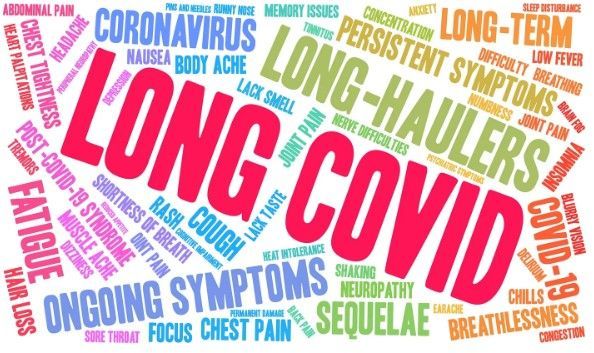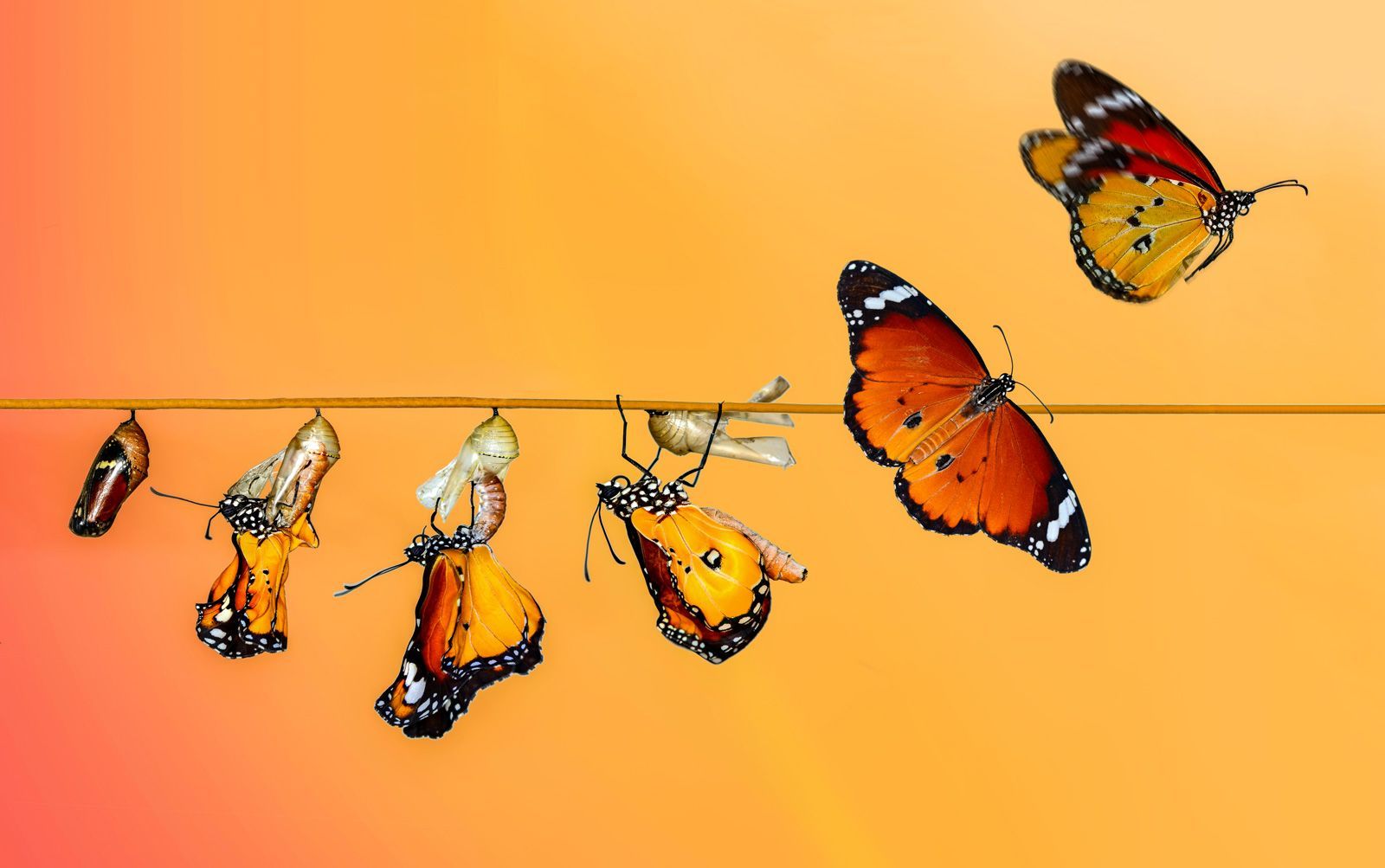555-555-5555
mymail@mailservice.com

One Year In: Living with #COVID19 and #LongCOVID

December 3, 2020 marked twelve months, three hundred sixty-five days, or five hundred twenty-five thousand six hundred minutes of living with COVID19 and now Long COVID. It has been one of the most difficult periods of my life. By nature, I am a fighter. I fought COVID19 and now Long COVID every single day of the last twelve months. There were many days where I did not believe that I would survive. This is my story. But first an explanation and definition.
Research indicates that most patients will recover from COVID19 without complications. However, COVID19 symptoms have rebounded in ten to twenty percent of patients weeks or months after initial infection. These patients are sometimes called long-haulers and suffer from Long COVID. The World Health Organization defines Long COVID as a condition that “occurs in individuals with a history of probable or confirmed SARS-CoV-2 usually three months after the onset of COVID-19 with symptoms that last for at least two months and cannot be explained by an alternative diagnosis.” Long COVID has been called a multi-system condition that can affect the body’s cardiovascular, musculoskeletal, sensory, pulmonary, and cognitive functions.
As a solo mom and attorney, I have powered through illnesses regardless of how I felt because I had to. It is just the way that I am built. That changed on December 3, 2020 when I tested positive for COVID19. Within a few days of diagnosis my doctor ordered a Regeneron infusion to decrease the likelihood that I would be hospitalized. While I dodged hospitalization, my body still felt the full weight of the coronavirus. My blood oxygen level dropped. I slept nearly all day and night for days. I did not have the energy to climb the stairs and had to rest between the staircases in my home. Even basic tasks like taking a shower left me depleted and forced me back to bed. I was released from quarantine a few days before Christmas. At that time, I assumed that I would seamlessly resume my regular schedule of activities. I was wrong.
When I was diagnosed with COVID19, I had a regular Bikram yoga practice. Because Bikram is a demanding form of yoga, I decided not to return to class until the end of January 2021, one month after I was released from quarantine. On February 14, 2021, I went to my yoga class. At the end of class I could not get up after the last pose. My entire body felt like lead. Eventually, I managed to stand up. When I returned home, I went to bed and stayed there for three straight days. In hindsight, I realize that this incident marked the arrival of Long COVID. I tried to return to Bikram yoga multiple times but could not finish a class. In the end, I stopped going all together.
I have a very demanding job. Because of the pandemic, I work from home. During the months after I was released from quarantine, I attributed my debilitating fatigue to a grueling work schedule. Weeks later I began to experience other symptoms like difficulty breathing. Mild exertion left me winded and gasping for air. I must always carry an albuterol rescue inhaler. Because of my symptoms, I was referred to the Post COVID Recovery Clinic at The Ohio State University Wexner Medical Center. At my first appointment in May 2021, my clinic doctor was so concerned about my condition that he wanted me to work part-time for three to six months. I knew that working part-time for an extended period was a nonstarter for my employer. At that time, I resisted applying for short term disability leave. As I had with other illnesses, I lowered my head and tried to power through Long COVID.
Pulmonary testing revealed that COVID19 weakened my diaphragm and other respiratory muscles. In July 2021, I began twenty-four sessions of pulmonary rehabilitation to strengthen my pulmonary function and increase capacity. Medical testing further showed that COVID19 and Long COVID also affected my sensory and cognitive functions including my eyesight, ability to smell, and appetite. In late August 2021, my clinic doctor considered prescribing Aricept, an older medication used to treat Alzheimer’s disease, to alleviate my debilitating fatigue. Studies showed that Aricept eased the extreme fatigue experienced by many Long COVID patients. My clinic doctor also revisited the idea of taking an extended leave of absence from work so that I could begin to recover from Long COVID. I did not want to take another medication. So I relented and agreed to begin short term disability leave.
In early October 2021, I completed pulmonary rehabilitation. I immediately began pulmonary maintenance to preserve the progress that I made in pulmonary rehabilitation. Although my pulmonary function has improved, sometimes I still have difficulty breathing. I continue to sleep for hours and spend most days in bed. I can only perform two or three tasks a day. If I push or overextend myself, I will spend several days in bed recovering. Large grocery stores, malls, and warehouses are often too much to navigate. To conserve my limited supply of energy I started using shortcuts like grocery delivery services.
Recently, I started neurological rehabilitation to address fatigue and brain fog. My brain works overtime to compensate for other bodily functions adversely affected by Long COVID. This causes extreme fatigue and brain fog. Brain fog in Long COVID patients is akin to a concussion or other traumatic brain injury. As part of my neurological rehabilitation, I was prescribed Amantadine, an older medication formulated to treat Parkinson’s disease. Amantadine has alleviated brain fog and by extension extreme fatigue in some Long COVID patients. Thus far, Amantadine has only marginally reduced my fatigue.
One year in, I am still on short-term disability leave. There are questions, such as those about my prognosis, that cannot be conclusively answered. For example, a number of Long COVID patients are unable to return to work. The jury is still out on whether I will be in that number. I do not know if I will fully recover from Long COVID or regain my pre-COVID health. So I work hard to mitigate the possible long term impact of Long COVID on my body. I always wear my mask, avoid large crowds or super spreader events, and stay inside as much as possible. I am fully vaccinated and have received a booster shot. I regularly go to pulmonary maintenance. I am a student of any serious medical condition or disease that I have. To that end, I joined the global Body Politic COVID-19 Slack Support Group. This support group birthed the Patient Led Research Collaborative, a group of Long COVID patients who are both intimately familiar with COVID19 and professionally research relevant subjects such as neuroscience, health activism, and human-centered design. The support group and collaborative were established to address the dearth of research on treating Long COVID. The COVID19 Support Group provides peer support, is a trove of information about Long COVID, and opportunities to listen to experts such as the NIH who share what they know about this condition.
After twelve months, three hundred sixty-five days, or five hundred twenty-five thousand six hundred minutes of living with COVID19 and now Long COVID there are five things that I know for sure:
1. There have been 802,000 deaths and counting due to COVID19 in the United States.
2. Long COVID is not a respecter of persons. People can develop COVID19 and/or Long COVID regardless of race, sex, religious affiliation, socioeconomic status, geography, and even political party or philosophy.
3. Having COVID19 and Long COVID are hard and solitary experiences. Everyday I fight for my health and well-being.
4. As with other catastrophes that affect the entire or wide swaths of the United States, we must work together as a country to successfully navigate the COVID19 pandemic.
5. To date, there is no cure for COVID19 and Long COVID. The pandemic will continue to evolve and sprout variants until we develop the resolve to work together.



Subscribe
Contact Us
We will get back to you as soon as possible.
Please try again later.
Copyright © 2023 Stephanie Hughes
We trust Distinct with our Website because of their Unlimited Support, Client Testimonials, and Website Maintenance Checklist